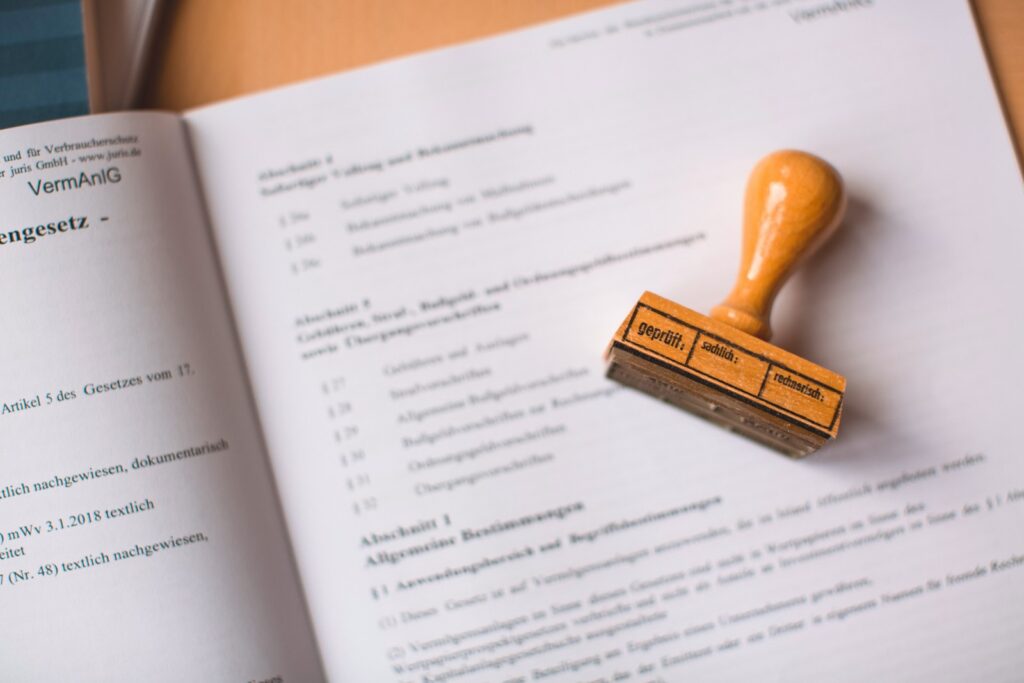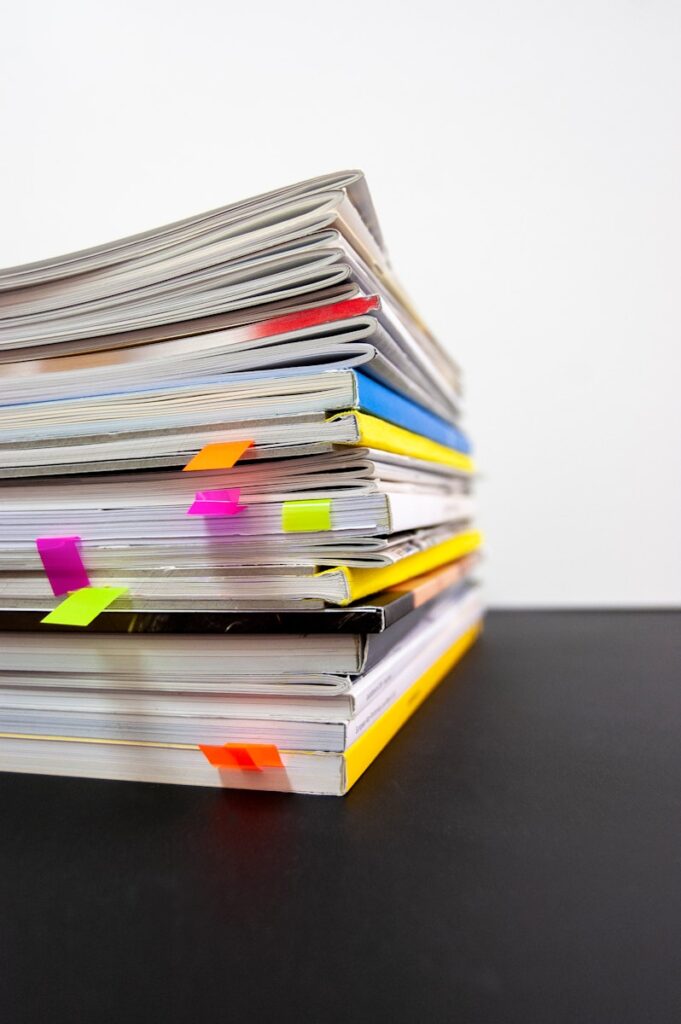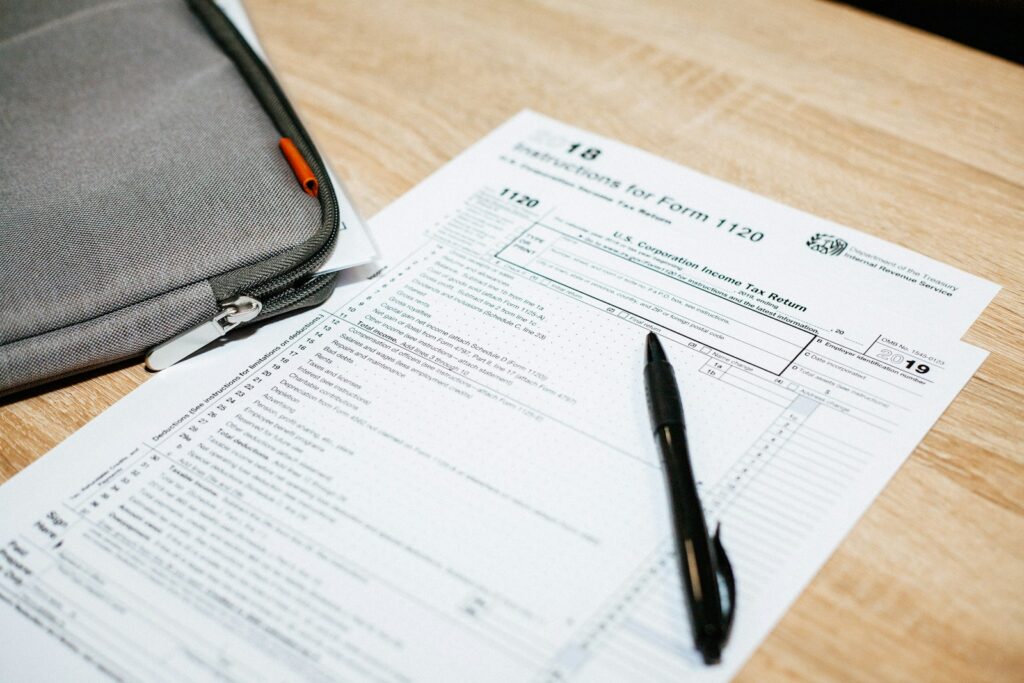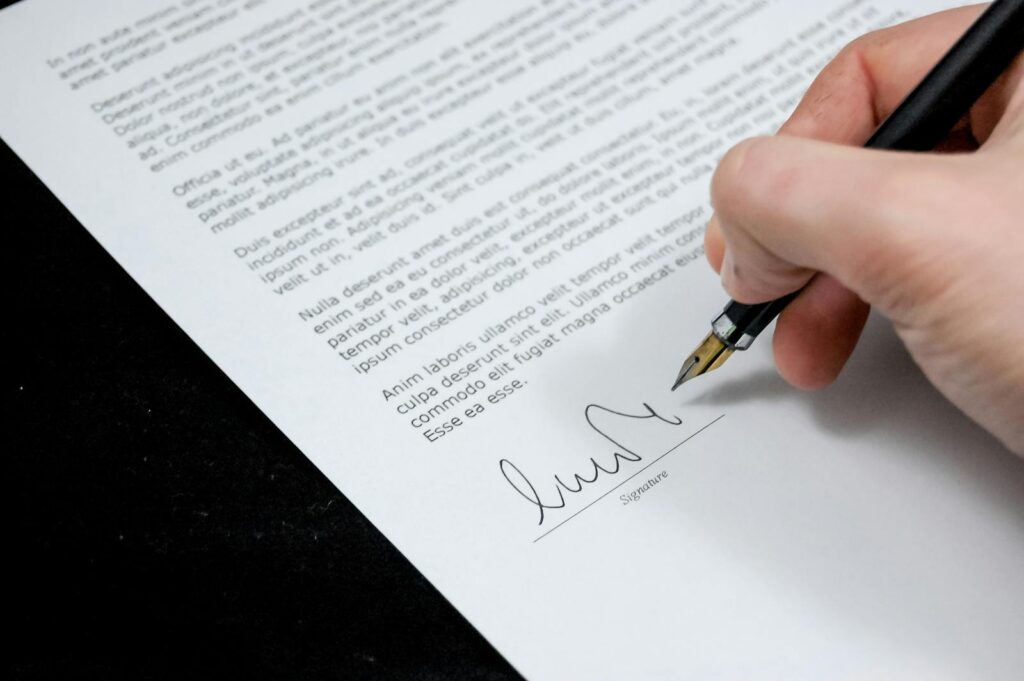
Congratulations! You’ve just navigated the often overwhelming journey of buying a home, from mortgage applications to the final closing. It’s a significant milestone, and now that the keys are in your hand, you might be wondering what comes next, especially concerning all that paperwork. Rest assured, you’re not alone in feeling a bit swamped by the sheer volume of documents.
While the excitement of moving in and decorating is certainly a priority, there’s a crucial administrative step that deserves your immediate attention: organizing and safeguarding your important home-related documents. Properly managing these papers isn’t just about avoiding clutter; it’s about protecting your biggest investment, ensuring smooth future transactions, and providing yourself with peace of mind. Without a clear system, you could face delays or complications down the line, whether it’s for tax purposes, refinancing, or eventually selling your home.
This guide is designed to simplify that process, helping you identify the most important documents to keep safe after buying your house. We’ll walk you through the specifics of each, explaining why it’s so critical and offering practical advice on how long you should retain it. Think of this as your essential checklist for maintaining a well-organized and secure homeownership experience, ensuring you have everything you need at your fingertips.

1. **Deed**The deed is arguably the single most important document you will receive when buying a house. It is the legal document that officially transfers ownership of the home from the seller to you, the buyer. Without this document, you do not have proof of ownership, which makes it absolutely fundamental to your property rights.
Retaining your deed indefinitely is non-negotiable. It’s the ultimate proof that you own your home, outlining legal boundaries and the history of your property. You’ll need it for a variety of future transactions, such as refinancing, taking out a home equity loan, or eventually selling the property. Keep the original in a fireproof safe or safety deposit box, and make sure to have at least one secure copy stored separately.
This document is not just a piece of paper; it represents the culmination of your home-buying efforts and secures your legal standing as a homeowner. Losing track of it can lead to significant headaches and legal complications. Always prioritize its safety and accessibility, as it underpins your entire ownership.
Read more about: How to Uncover a Used Car’s Past: A Consumer’s Guide to Identifying Former Rentals, Taxis, and Police Vehicles

2. **Mortgage Note (Promissory Note)**Also known as a promissory note, the mortgage note is a contract that formally states you, the buyer, will pay the lender the amount borrowed for the purchase of the home. This document outlines the terms of your loan, including the interest rate, repayment schedule, and any penalties for late payments. It’s your promise to repay the debt.
The mortgage note is a critical financial document that should be kept as long as you have an outstanding mortgage on the property, and even for a period afterward. It serves as proof of your financial obligations and can be crucial if there are any disputes regarding your loan terms or payment history. Understanding its contents helps you stay on top of your financial commitments.
Storing this document securely is vital. Should you ever need to refer back to the exact terms of your loan, resolve a payment discrepancy, or verify details with your lender, having your mortgage note readily available will save you time and stress. It is a direct reflection of the agreement you entered into with your lender.

3. **Closing Disclosure**The Closing Disclosure is a five-page form that outlines the final details and costs of your mortgage. It provides a comprehensive summary of the loan amount, the interest rate, your estimated monthly mortgage payment, and all closing costs associated with the transaction. You typically receive this document three business days before closing, giving you time to review it thoroughly.
This document is incredibly important for several reasons. It allows you to compare the final terms of your loan to the initial Loan Estimate you received, ensuring there are no unexpected changes or discrepancies. It’s your final opportunity to catch errors before signing. Once signed, it serves as a record of the precise financial terms of your home purchase.
You should keep your Closing Disclosure indefinitely. It acts as a definitive record of the financial transaction and can be invaluable for tax purposes, especially when calculating the cost basis of your home if you eventually sell it. Keeping it organized with other closing documents ensures you have a complete financial picture of your home investment.
Read more about: Dealership Dirt Uncovered: 15 Sneaky Car Sales Tactics Every Buyer Needs to Master

4. **Loan Application**The loan application provides a copy of the application you reviewed and submitted at closing. While it might seem less critical after the loan is approved, it’s a detailed snapshot of the financial information you provided to your lender to qualify for the mortgage. This includes personal details, employment history, income, assets, and debts.
Keeping a copy of your loan application is recommended because it reflects the information you officially presented to the lender. Should any questions or audits arise regarding the information you submitted, having your copy can be very helpful for verification. It confirms the data points that formed the basis of your loan approval.
You should retain this document for as long as you own the home, particularly while the mortgage is active. It is part of the comprehensive record of your home purchase and financing. Store it safely alongside your other closing documents to maintain a complete and accessible file of your homeownership journey.
Read more about: Solar’s Ascent: How Innovation and Accessibility Are Powering a New Era of Affordable Energy

5. **Loan Estimate**The Loan Estimate is a crucial document that defines the parameters of your estimated monthly mortgage payment, provides details about your estimated closing costs, and specifies your interest rates, property appraisal information, and homeowner’s insurance details. You receive this document early in the process, typically within three business days of submitting a complete loan application.
This document is exceptionally helpful for comparing offers if you applied for mortgages from multiple lenders or for various loan types. It provides a clear, standardized format that makes it easy to understand the core terms of each potential loan. This allows you to make an informed decision about which financing option best suits your needs and budget.
While the Closing Disclosure provides the final figures, the Loan Estimate is valuable for understanding the initial expectations and tracking any changes. Keep it until you sell your home, as it contributes to a full financial history of your property. It’s an essential reference point for understanding the journey from initial application to final loan terms.
Read more about: Owner’s Watch List: The Luxury SUVs That Become Costly Repair Nightmares After Seven Years

6. **Proof of Homeowners Insurance**Once you own the home, providing documentation of your homeowners insurance to your lender is a requirement. This includes your home insurance policies and the declarations page from your insurance company. This proof assures your lender that their investment (your home) is protected against various risks like fire, theft, and natural disasters.
Beyond satisfying your lender, having your homeowners insurance policy readily accessible is vital for your own security and peace of mind. It outlines your coverage limits, deductibles, and the specific perils covered, as well as critical account numbers and agent contact information. In the unfortunate event of a claim, you’ll need these details immediately.
Insurance policies should be stored in a safe spot, accessible at any time. Keep all current and past policies for the duration of your homeownership. Reviewing and updating your policy annually is also a smart practice to ensure your coverage reflects your home’s current value and specific features. It’s your safety net against the unexpected.
Read more about: Your Essential Guide to Car Insurance: What First-Time Drivers Need to Know to Drive Smart and Save

7. **Home Inspection Report**The home inspection report is a detailed assessment of your home’s condition prior to purchase. It highlights any existing or potential issues with the property, from structural integrity to plumbing, electrical systems, and HVAC. This report helps you understand the true condition of your new home before you finalize the purchase, and often informs repair requests.
This document serves as an invaluable reference point for future home maintenance and repairs. It acts as a comprehensive “to-do list” for upkeep, allowing you to prioritize tasks based on urgency and potential impact. Knowing where potential problems lie can help you address them proactively, safeguarding your investment and preventing larger, more costly issues down the line.
Retain your home inspection report until you sell your home. It can be useful to demonstrate to future buyers how you’ve maintained the property or to explain any pre-existing conditions. Familiarize yourself with the locations of important systems like the circuit box, HVAC, and main water line as noted in the report; understanding these now can prevent emergency calls later.
Read more about: How to Uncover a Used Car’s Past: A Consumer’s Guide to Identifying Former Rentals, Taxis, and Police Vehicles

8. **Escrow Account Statements and Documentation**After your mortgage is finalized, your lender will typically establish an escrow account. This account collects a portion of your monthly mortgage payment specifically to cover essential property-related expenses, such as your property taxes, homeowners insurance premiums, and sometimes private mortgage insurance (PMI). Your lender responsibly manages these funds, ensuring these significant bills are paid on your behalf when they become due, which simplifies your financial oversight.
Keeping your escrow account statements is crucial for financial transparency and peace of mind. These detailed documents outline precisely how much money is being collected for each expense, track the exact dates payments are made, and provide a current balance of your account. Regularly reviewing these statements helps you verify that all payments are being processed accurately and on time, and it allows you to promptly identify any discrepancies or unexpected adjustments to your property taxes or insurance premiums, enabling you to address them swiftly.
You should retain these comprehensive statements for the entire duration of your active mortgage with an escrow account. Additionally, it’s a very prudent practice to keep them for at least three to five years after your mortgage is fully paid off, or until you sell the home, whichever occurs later. This complete record proves invaluable if you ever need to dispute a charge, verify past payments, or provide evidence for tax purposes. Organizing them chronologically in a secure file ensures effortless accessibility whenever you need to refer back to past financial transactions.
Read more about: Stay Safe, Save Money: A Consumer Reports Guide to Spotting Used Car Fraud Online

9. **Title**While your deed is the legal document officially transferring ownership, the title describes the comprehensive legal rights you hold as the home’s owner. It represents your undeniable right to possess and use your property. A “clear title” is paramount, signifying no unresolved liens, competing claims, or legal disputes that could challenge your full ownership rights. A thorough title search, a critical step during home buying, confirms this clarity.
Retaining all documents related to your home’s title is essential for protecting your significant investment. These papers serve as official certification that the property was transferred to you free of previous encumbrances. They are your undeniable record that your ownership is legitimate and undisputed, providing a foundational layer of security for your property rights. This clarity is vital for maintaining the marketability of your home for any future legal or financial transactions.
You should strongly consider keeping your title documents indefinitely, or at least for the entire period you own your home until you decide to sell. They provide robust historical proof of your property’s legal standing and can be critically vital for any future transactions. Ensuring these records are stored in a safe, accessible place like a fireproof safe will prevent potential legal complications and provide a clear, verifiable chain of ownership should it ever be required.
Read more about: Your Comprehensive Guide to Installing a Home EV Charging Station: Costs, Process, and Expert Advice
10. **Purchase Agreement**The purchase agreement is perhaps the most comprehensive and vitally significant contract you will sign during your home-buying journey. Also known as the sales contract, this legally binding document formally solidifies the purchase, obligating both you and the seller to all agreed-upon terms. It meticulously outlines every financial detail, all contingencies, the rights and obligations of both parties, and even itemizes specific fixtures and personal property included in the sale.
This document is absolutely indispensable because it embodies the core of your home acquisition. It precisely stipulates the final agreed-upon purchase price, the targeted closing date, and crucially, the terms of possession, indicating when you receive the keys. Should any disputes arise after closing, or if there’s a question about what items were included, the purchase agreement serves as the definitive reference point for resolution. It is, in essence, your meticulously crafted blueprint for the entire transaction.
The purchase agreement also details all negotiated contingencies, such as those for home inspection, financing, or appraisal. These clauses protect you by allowing you to withdraw from the deal under specific conditions without losing your earnest money. Having this record readily available helps you recall your rights and the agreed-upon conditions during the often-complex pre-closing period. Given its profound legal and financial implications, you should retain your purchase agreement indefinitely. Keep it secure with all your other closing documents, ensuring a complete, verifiable historical record of your property’s acquisition.
Read more about: Understanding Car Modifications: A Consumer’s Guide to Insurance, Resale Value, and Hidden Costs

11. **Appraisal Report**An appraisal report delivers a professional, objective valuation of your home’s market worth. Typically ordered by your mortgage lender, this document ensures the loan amount requested aligns with the property’s actual value. A qualified appraiser assesses various factors, including the home’s condition, features, recent sales of comparable properties, and current market trends, to determine an impartial value.
This document holds incredible importance for several compelling reasons. Primarily, it acts as a fundamental safeguard, helping to ensure you aren’t overpaying for your home. For your lender, it confirms that the collateral backing their loan is sufficient. For you, the homeowner, it provides an official baseline understanding of your home’s value at the time of purchase, useful for future financial planning like refinancing or assessing equity. This snapshot of your home’s condition and features is also helpful for insurance purposes.
It is wise to keep your appraisal report until you ultimately sell your home. It provides a robust historical record of your property’s value and condition, beneficial for tax purposes, informing future insurance assessments, or simply tracking your investment’s growth. Referencing it can help you understand how subsequent upgrades and broader market changes impact your home’s equity over time, making it a valuable and enduring asset within your documentation file.
Read more about: Understanding Car Modifications: A Consumer’s Guide to Insurance, Resale Value, and Hidden Costs

12. **Home Warranties**A home warranty is a valuable service contract covering the repair or replacement of major home systems and appliances due to normal wear and tear. This differs from homeowners insurance, which protects against sudden, accidental damage. A home warranty addresses issues with components like your HVAC system, plumbing, electrical system, water heater, and major kitchen appliances, which are prone to operational failures.
Securing a home warranty offers significant financial protection and peace of mind, especially for first-time homebuyers who may not have a large emergency fund for unexpected repairs. It shields you from potentially costly out-of-pocket expenses when an essential system or appliance fails. If the seller included a warranty as part of your home purchase, meticulously review its terms to thoroughly understand coverage, limitations, and the claim process.
You should store these important documents in a secure, protected location, ensuring ready access to all coverage specifics, any applicable limitations, and vital contact information for the provider. Retain them for the entire duration of the warranty period. As policies approach expiration, it’s a smart practice to consider renewing them or exploring new options to ensure continuous protection for your home’s vital components. It’s a supremely practical step towards proactive and worry-free home maintenance.
Read more about: How to Uncover a Used Car’s Past: A Consumer’s Guide to Identifying Former Rentals, Taxis, and Police Vehicles

13. **Home Inventory**Creating a comprehensive home inventory involves meticulously listing all your significant possessions, ideally accompanied by corroborating photographs or videos. While this may seem daunting amidst moving, it’s an essential step for protecting your belongings and providing invaluable assistance during theft, fire, or natural disaster. It serves as an exhaustive, itemized record of everything you own within your home.
The profound importance of a well-maintained home inventory becomes evident when filing an insurance claim. Without such a detailed list, proving the existence and accurate value of your lost or damaged items to your insurance company can be challenging and time-consuming. A comprehensive, updated inventory significantly streamlines the claims process, helping you receive a fair and accurate settlement more swiftly, minimizing stress during a difficult period. Consider grouping items by room or category, including purchase dates and estimated values where possible, for high-value items, include serial numbers or receipts.
You should embark on creating your home inventory shortly after moving in and then commit to keeping it diligently updated, especially after acquiring new valuable items or making significant changes. For optimal security, store the inventory digitally in a cloud service or on an encrypted external drive. Crucially, keep a physical copy off-site, ensuring your record remains safe and accessible even if your home’s contents are compromised.
Read more about: Navigating the 2025 Convertible Market: Top Models That Retain Their Value Best Over Time
14. **Home Improvement Purchases and Receipts**As a homeowner, you’ll inevitably make various improvements, essential upgrades, or minor repairs to your property over time. These range from installing new, energy-efficient appliances to undertaking a kitchen remodel. It is incredibly important to meticulously keep detailed records of all these expenditures, including original receipts, detailed invoices, and any formal contracts with contractors. These documents serve as concrete proof of the valuable investments you’ve made into your home.
These records are profoundly invaluable, particularly if you envision selling your home in the future. They serve as compelling evidence to showcase the appreciated value of your property to potential buyers, highlighting the quality of your upkeep and enhancements. More crucially, if you undertake larger, capital improvements—such as replacing the roof or adding an extension—proof of these expenses may legitimately help reduce your capital gains taxes when you eventually sell your house. This astute financial planning can result in substantial savings.
Understanding the difference between repairs and improvements is key for tax purposes. A repair maintains your home’s condition (e.g., fixing a leaky faucet), while an improvement adds value, prolongs its life, or adapts it to new uses (e.g., adding a deck). Only capital improvements generally factor into your cost basis for tax calculations. You should maintain these proofs of purchases and upgrades indefinitely, or for several years after you sell your home, to comfortably cover any potential tax audits. Organize them meticulously, perhaps by project or chronologically by year, making them exceptionally easy to retrieve when needed.
Read more about: Costco vs. Sam’s Club: Navigating the Ultimate Warehouse Club Showdown for Savvy Shoppers in 2025

15. **Mortgage Release (Certificate of Satisfaction)**When that highly anticipated day finally arrives, marking your very last mortgage payment, you will subsequently receive one of the most profoundly satisfying and legally significant documents in your entire homeownership journey: the Mortgage Release, also known as a Certificate of Satisfaction or a Deed of Reconveyance. This official legal document definitively confirms you have fully paid off your home loan and, crucially, that the lien your lender previously held on your property’s title has been formally and legally removed from public record.
This singular document is absolutely critical because it serves as the ultimate, indisputable proof that your home is entirely yours, unequivocally free and clear of any remaining debt to the mortgage lender. Without this official release, even if you’ve made all your payments, the public record might erroneously still indicate the lender retains a claim on your property. This can cause significant complications if you attempt to sell, refinance, or take out a home equity loan, as it creates a “cloud” on your title. It is the final, celebratory stamp of complete financial freedom for your home.
You must diligently keep your Mortgage Release indefinitely, ideally secured in a fireproof safe or a bank safety deposit box, stored alongside your original deed. It ensures your ownership rights are undisputed and unambiguously clear for all future purposes. Losing this exceptionally important document can necessitate a lengthy, often frustrating, and costly process to obtain a certified copy, so safeguard it with the same vigilance you applied to your original deed. It truly marks the successful culmination of your mortgage journey and definitively secures your home as your cherished, unencumbered asset.
Congratulations again on your significant achievement of becoming a homeowner! Navigating the labyrinth of paperwork might initially seem daunting, but by diligently organizing and meticulously safeguarding these crucial documents, you’re accomplishing far more than simply storing paper. You are actively protecting your biggest investment, strategically streamlining future financial activities, and robustly building a foundation for years of secure and truly peaceful homeownership. This comprehensive and proactive approach ensures that you’re exceptionally well-prepared for anything that comes your way, giving you the profound confidence and freedom to truly enjoy your new abode without unnecessary stress.




_0.jpg)

